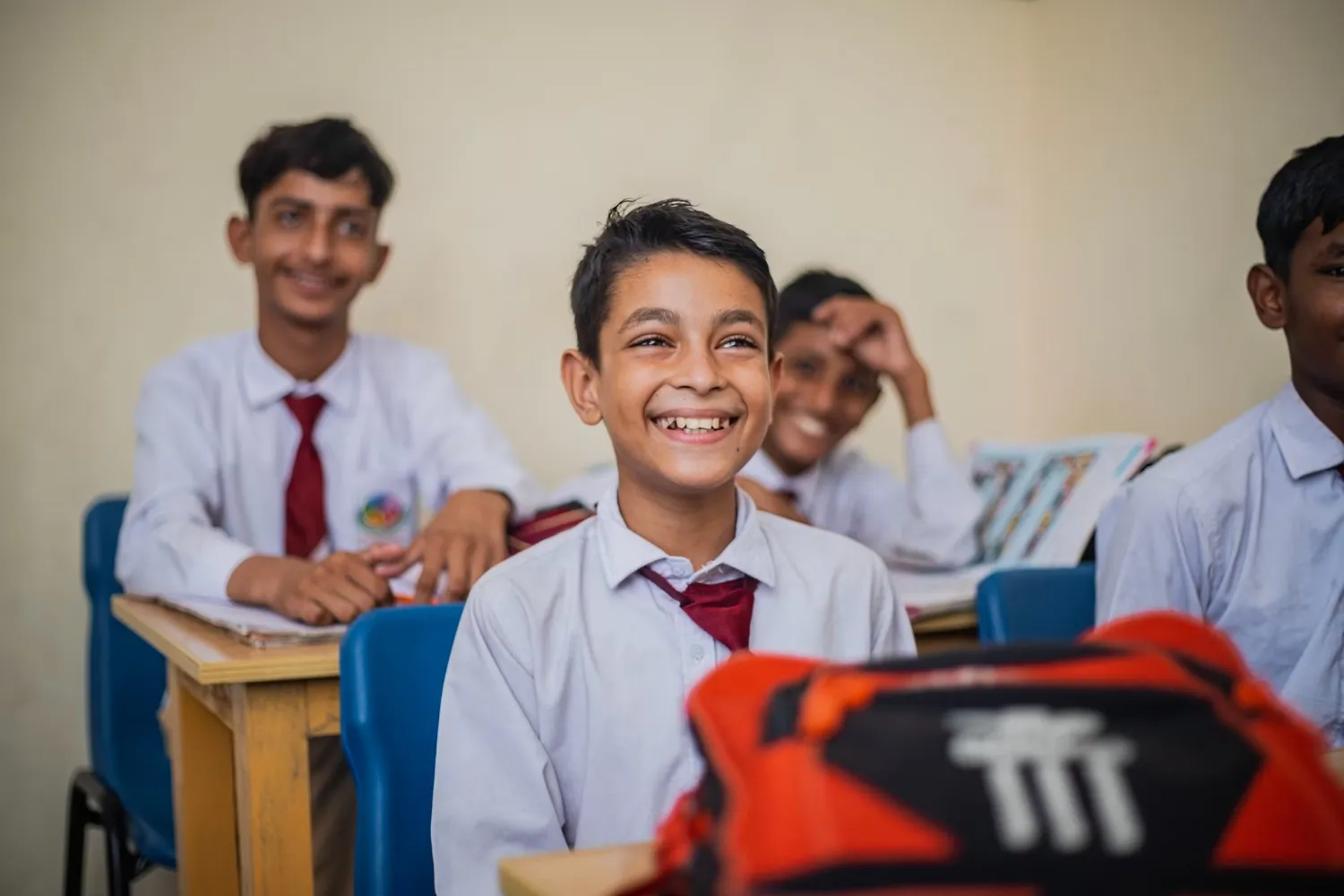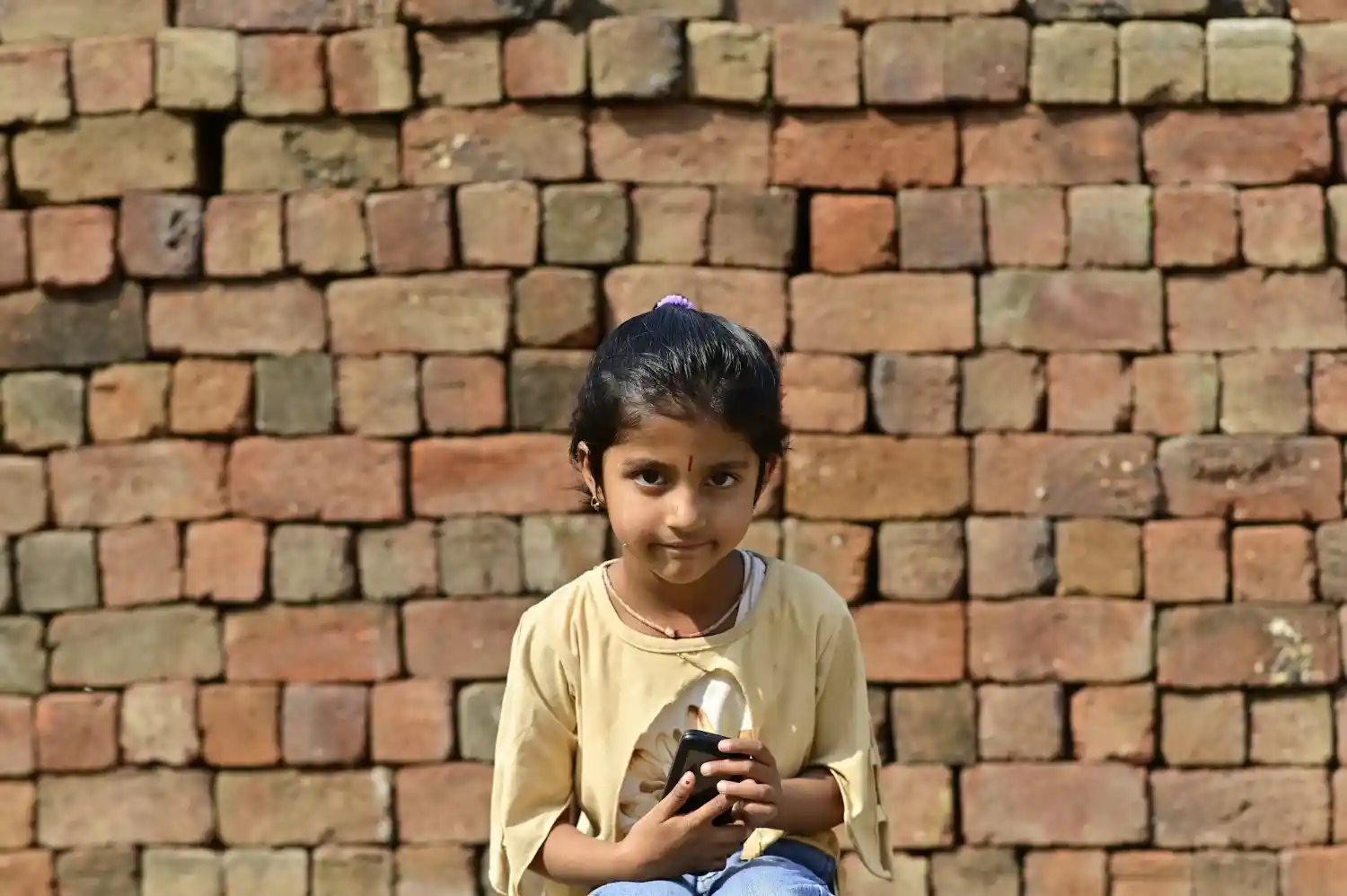In a country as diverse and populous as India, millions of underprivileged children, unfortunately, face challenges in accessing quality education. Education is a fundamental right and a powerful tool that can break the cycle of poverty. Yet, despite this, countless children across urban slums and rural villages still lack access to it. Among the many non-governmental organizations (NGOs) working to bridge this gap, Pratham Education Foundation, in particular, stands out for its innovative and scalable approach to making education both accessible and effective.
Founded in 1995 in Mumbai, Pratham has pioneered educational efforts by striving to ensure that “Every Child in School and Learning Well.” Moreover, the Pratham Foundation’s story testifies to the impact that determined community engagement and innovative teaching methods can have on transforming lives. In this article, we explore the history, mission, programs, and effects of the Pratham Education Foundation, while also highlighting its remarkable journey of educating millions across India.
About Pratham Education Foundation
Madhav Chavan and Farida Lambay co-founded the Pratham Foundation in Mumbai to provide quality education to underprivileged children. Initially a small initiative in Mumbai’s slums, Pratham has now expanded across 23 states and union territories in India, reaching millions of children. By focusing on literacy, numeracy, and employability, Pratham has transformed the education landscape for countless children with limited or no access to learning resources.
Rooted in community involvement, Pratham’s approach brings together local volunteers, teachers, and community members. Through this collaboration, Pratham created a sustainable, low-cost model that adapts well across socio-economic backgrounds. This innovative strategy has gained international attention and awards, positioning Pratham as a leader in India’s educational reform.
Mission and Goals of Pratham Education Foundation
Pratham Education Foundation’s mission is clear: ‘Every Child in School and Learning Well.’ This slogan reflects its dedication to enrolling children in school. However, it goes beyond enrollment by focusing on essential learning skills. Pratham recognizes that school attendance does not guarantee learning. Therefore, it emphasizes learning outcomes over simple attendance.
Long-Term Goals
1. Universal Access to Quality Education:
Pratham’s goal is to make quality education accessible to all children, regardless of their socio-economic background.
2. Enhancing Literacy and Numeracy:
Pratham focuses on building strong foundational skills in literacy and numeracy, which are essential for lifelong learning.
3. Skill Development and Employability:
Through vocational training programs, Pratham aims to equip youth with skills that can improve their employability.
4. Community Ownership and Sustainability:
By involving communities, Pratham ensures that its initiatives are sustainable and have a lasting impact.
Key Programs and Initiatives by Pratham Education Foundation
Pratham Education Foundation runs several flagship programs aimed at addressing the diverse educational needs of children and youth. These programs focus on providing foundational education, vocational training, and digital literacy, while also fostering community involvement.
1. Early Childhood Education
Pratham began by focusing on Early Childhood Education through informal classes, called balwadis. These pre-school classes were held in community spaces like temples, offices, and homes. This made education accessible within the children’s communities. The program specifically targets children aged 3-6. It helps them develop essential physical, language, cognitive, and social-emotional skills. These skills, in turn, prepare them for formal schooling.
2. Teaching at the Right Level (TaRL)
The Teaching at the Right Level (TaRL) approach is one of Pratham’s most renowned methodologies. Instead of grouping children by age, TaRL groups them by their current learning level. This enables Pratham’s educators to tailor lessons to each child’s needs, ensuring that no one is left behind.
TaRL has proven effective in helping children who are “lagging behind” to catch up quickly, especially in foundational skills like reading and arithmetic. This method has been adapted not only across India but also in various countries through the People’s Action for Learning (PAL) Network.
3. Read India Initiative
In 2007, Pratham launched the Read India Initiative to tackle the issue of poor literacy and numeracy among children aged 6-14. The Annual Status of Education Report (ASER), conducted by Pratham, revealed that a significant percentage of children in Indian schools could not read or perform basic arithmetic. In response, the Read India Initiative set out to improve literacy levels by holding intensive learning camps and community-based activities.
The Read India Initiative has reached over 34 million children and has had a significant impact on literacy levels in various states. The initiative’s success lies in its ability to mobilize communities and train local teachers and volunteers, ensuring widespread access to effective literacy programs.
4. Second Chance Program
Pratham’s Second Chance Program is designed to support young women who have dropped out of school due to early marriage, financial constraints, or other barriers. This program provides them with the opportunity to complete their secondary education, opening doors to higher education and better job prospects.
The Second Chance Program follows a two-phase structure:
- Foundation Course: A 3-4 month course covering essential subjects such as English, Mathematics, and Science, along with life skills.
- Main Course: Preparation for the Grade 10 Board examinations, with a focus on interactive and supportive learning methods.
Since its inception in 2011, the Second Chance Program has impacted over 50,000 women, with a success rate of around 75% for those who sit for the Board examinations.
5. Vocational Training through Pratham Institute
In 2005, Pratham launched the Pratham Institute to focus on vocational training for youth from economically disadvantaged backgrounds. This program provides training in various vocations such as hospitality, healthcare, automotive, and beauty, helping young people gain employable skills.
Pratham Institute has reached over 25,000 youth across India, providing them with access to entry-level positions and entrepreneurship opportunities. This initiative not only improves employability but also contributes to India’s growing workforce by equipping youth with industry-relevant skills.
6. Digital Initiatives
Recognizing the importance of digital literacy, Pratham has integrated technology into its educational programs. The digital initiatives include online learning modules and digital literacy training, which equip children and youth with skills essential in today’s tech-driven world.
Pratham has also launched the Hamara Gaon Program, a community-driven initiative that fosters local ownership of children’s education in rural areas. Through this program, Pratham empowers communities to take responsibility for the educational progress of their children.
Impact and Recognition of Pratham Education Foundation
Pratham’s work has earned international recognition and numerous awards, solidifying its reputation as a leader in educational reform. Some notable awards include:
- BBVA Foundation Frontiers of Knowledge Award (2013) for development cooperation
- Lui Che Woo Prize (2018) for eliminating illiteracy
- Yidan Prize for Education Development (2021) awarded to Pratham’s CEO, Dr. Rukmini Banerji
The ASER survey, conducted annually by Pratham, has been instrumental in shifting the focus of education discussions in India from infrastructure to learning outcomes. ASER is the only annual source of data on children’s learning outcomes in India and has been adapted for use in 14 other countries.
Employment and Career Opportunities at Pratham Education Foundation
Pratham Education Foundation offers a wide range of job opportunities for individuals passionate about education. From teaching positions to roles in program management, Pratham provides a platform for individuals to contribute to meaningful social change.
Those interested can explore various career paths within Pratham Foundation programs, including roles in the Read India Initiative, vocational training, and digital literacy initiatives. Job seekers can contact Pratham Education Foundation through its official website or reach out via the Pratham Education Foundation contact details provided online.
Unessa Foundation’s Role in Education
Similar to Pratham, the Unessa Foundation is also committed to addressing the educational needs of underprivileged communities. While Pratham focuses on implementing large-scale literacy and numeracy programs, Unessa takes a holistic approach that includes vocational skills training and educational support. By addressing both hunger and education, Unessa Foundation aims to create an ecosystem where children and youth can thrive, not just survive. This alignment with educational reform strengthens the impact both foundations have on society, showing a united front in the pursuit of a more educated and equitable India.
Conclusion
Pratham Education Foundation is more than an NGO; it is a movement to reshape the educational landscape in India. By focusing on scalable, community-driven models, Pratham has proven that quality education can be delivered at a low cost without compromising effectiveness. Its innovative programs, such as Teaching at the Right Level and the Second Chance Program, continue to change lives, offering children and youth a pathway out of poverty and into a brighter future.
As Pratham Foundation and organizations like Unessa Foundation continue to champion education, the dream of universal access to learning becomes increasingly attainable. Together, these foundations embody the belief that education is a powerful catalyst for social change. With continued support, Pratham and Unessa are paving the way for a future where every child has the opportunity to learn, grow, and contribute to society.
















